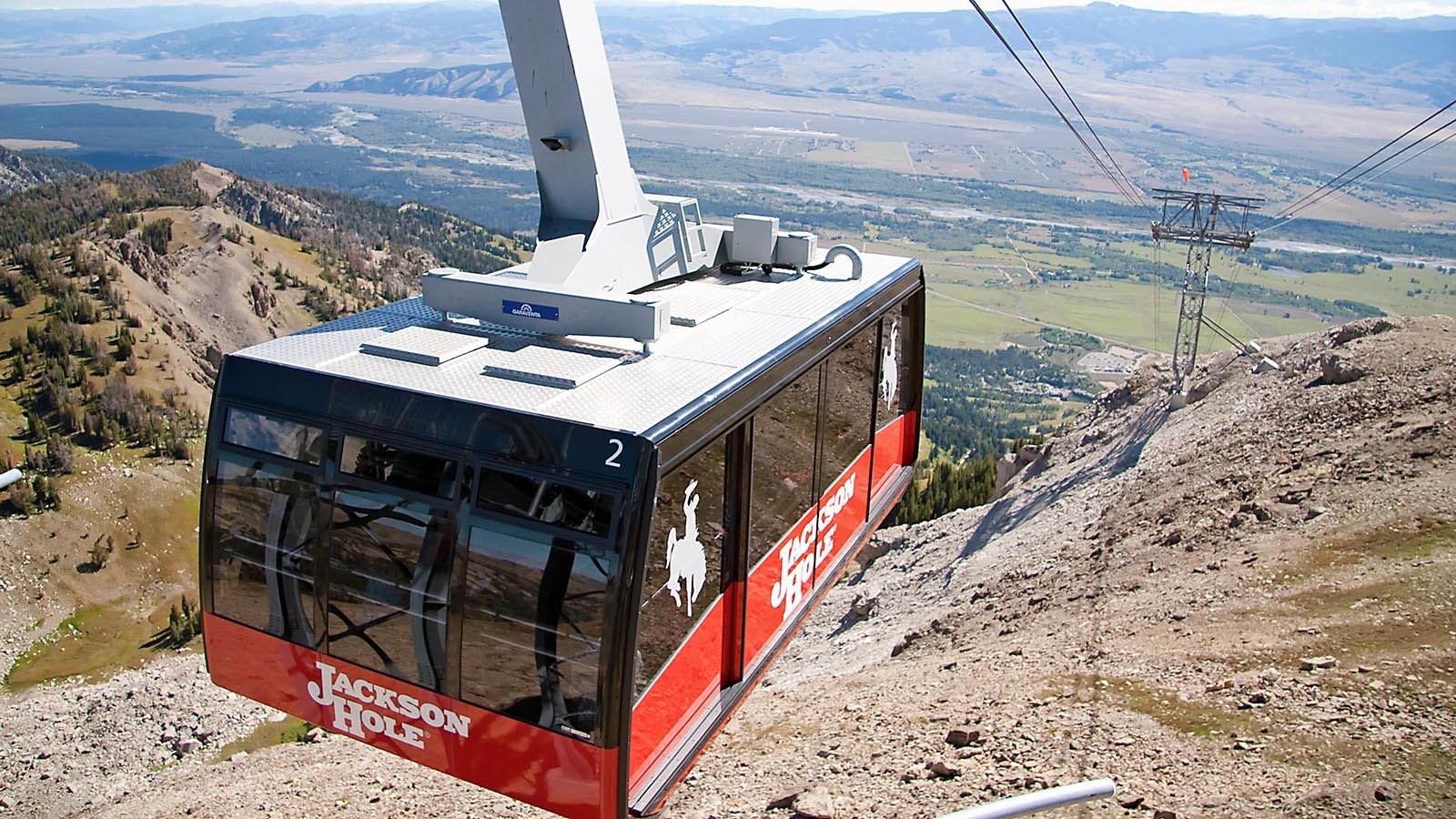As fate and the cosmos would have it, David Bell just happens to live on this planet at the exact time a once-in-a-50,000-year event happened the other night.
As fate and a typical Sublette County cold air mass would have it, Bell also had to wake up in the middle of the night, layer up and endure minus 35 degrees to capture the moment with his Canon.
Comet C/2022 E3 (ZTF) – aka the Green Comet – was as close to Earth on Feb. 1 as it will ever be in our lifetimes. It’s the closest, in fact, since Neanderthals were forging crude tools for the first time during the Stone Age. Unfortunately, none of them had a camera.
Only 26 Million Miles Away
The comet was close in relative, astrophysical terms: 26 million miles to be more exact.
Bell says he couldn’t even see it at first. The moon was too bright even though he waited until the darkest pre-dawn hours when the moon is on its way to setting.
“It was pretty faint,” Bell says. “I could not even see it with binoculars.”
With the moon in a waxing gibbous phase, there was simply too much light in the night sky to locate the magnitude 5.4 comet even though it was originally touted as something that could be observed with the naked eye soon after its discovery by astronomers in March 2022.
No chance.
Good thing Bell is a professional photographer and CEO of Wyoming Mountain Photography and Gravitas Photography.
As the digital-age axiom goes: Pics or it didn’t happen.
One follower on Bell’s Facebook commented, “I’m glad someone saw this. I was beginning to think it is a hoax. I just can’t find it!”

Here Comes The science
But Bell trusted the science even when he could not see evidence of a comet in his viewfinder.
Using an app called Star Tracker, the Pinedale photographer reckoned the approximate position, which he said ended up being “halfway between the Big Dipper pointer stars and Polaris,” and clicked.
Like an 1800s photo where pioneer subjects had to sit stock still for 20-30 seconds, it’s the same with long-exposure night photography to compensate for the lack of light.
“You try to keep shutter speed no more than 25 seconds, ideally between 15-20 seconds. You crank up your ISO settings. Fast lenses, ISO speed, shutter speed: Those are the key things in night sky photography,” Bell says.
While the long exposure time lets in more light, it also makes stars appear blurred, a consequence called star trailing. After all, they are moving – or rather, the earth is rotating.
To compensate, “you jack up the ISO,” Bells says.
With the camera dialed in (Canon 200/1.8. f1.8/iso 800/1/5 sec. for those gearhead shutterbugs who are interested) Bell waited a half-minute, and …
“Lo and behold, there it was,” he said. “It showed up right away. This bugger is not very bright.
“What’s cool about it is, it is noticeably green. It didn’t have a tail, though. I’m not sure why.”
Scientists say the green coloration is a result of a reactive compound called diatomic carbon (C2).
When C2 is excited by ultraviolet rays, it gives off light resulting in a green, gassy shroud surrounding a comet’s nucleus.
Most comets appear green this way, but C/2022 E3 (ZTF) is positively vibrant, Bell assures.
Not His First Rodeo
Bell has previously shot various auroras and other passing comets like NEOWISE in 2020, so he knew what he was doing.
It was just difficult to do it with fingers so stiff and numb the process was tedious. He tried using an attachment called iOptron but just couldn’t get it to work right because it was so cold.
After some cropping and processing, Bell’s shots turned out pretty cool, if not cold.
And even cooler considering this brazen bolide swings such a wide orbit through the outer reaches of the solar system, it won’t be back this way again for another 50,000 years.
“Hopefully on a warmer night,” Bell says.





